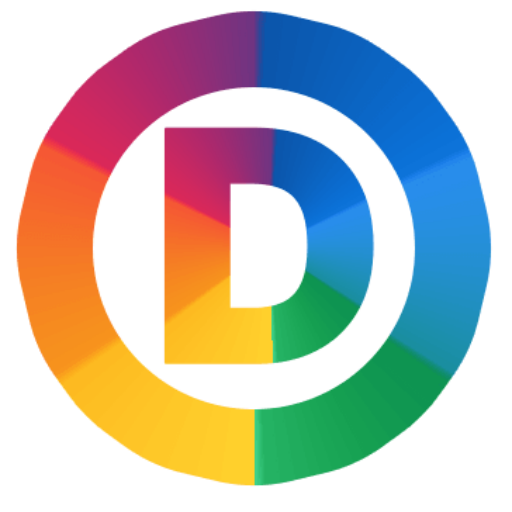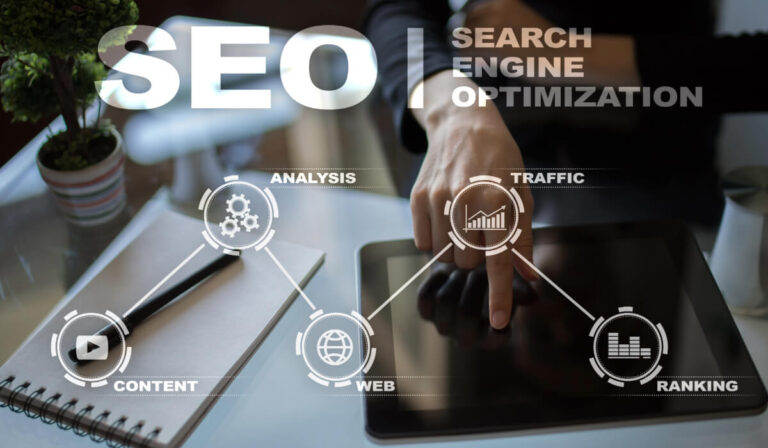Web design is an ever-evolving field, and 2025 brings fresh innovations that cater to user needs, aesthetic preferences, and technological advancements. Let’s explore the trends that will define the digital experience this year.
1. AI-Driven Personalization
Artificial Intelligence (AI) is transforming web design by enabling hyper-personalized user experiences. Websites in 2025 are expected to adapt dynamically based on user behavior, preferences, and interactions.
How AI Enhances Design:
- Chatbots: Intelligent bots that provide real-time support.
- Personalized Content: Displaying tailored recommendations based on user history.
- Predictive Design: Websites predicting user needs and adjusting layouts dynamically.
Fact: Studies show that personalized user experiences can increase conversions by up to 80%.
Quote:
“The future of web design is not just about aesthetics but creating intelligent experiences that resonate with users on a personal level.” – Jane Doe, UX Expert
2. Immersive 3D and Augmented Reality (AR)
3D graphics and AR integrations are no longer limited to gaming. They are becoming staples in web design to engage users and create interactive experiences.
Key Applications:
- Virtual Try-Ons: Retailers using AR to let customers visualize products.
- 3D Navigation: Websites using 3D models for intuitive browsing.
- Immersive Storytelling: Bringing narratives to life with interactive visuals.
Example: IKEA’s AR-based website feature allows users to visualize furniture in their own homes.
3. Minimalism 2.0
Minimalism evolves in 2025, focusing on bold simplicity combined with functional elements. Instead of stripping down entirely, designers are finding balance by incorporating vibrant colors, subtle animations, and clever micro-interactions.
Features of Minimalism 2.0:
- Bold Typography: Clear and impactful font choices.
- Ample White Space: Enhancing readability and focus.
- Dynamic Elements: Smooth animations to guide users.
Fact: Websites with minimalistic designs load 30% faster than heavy, complex ones, leading to better user retention.
4. Sustainability and Green Design
As sustainability becomes a priority, eco-friendly web design is gaining traction. Designers are optimizing websites for lower energy consumption and incorporating green themes.
Tips for Sustainable Design:
- Energy-Efficient Hosting: Using servers with lower carbon footprints.
- Optimized Code: Reducing file sizes to minimize resource usage.
- Dark Mode Options: Lowering energy usage on OLED screens.
Quote:
“Design with purpose. A sustainable website reflects not just creativity but responsibility.” – John Smith, Green Design Advocate
5. Voice and Gesture Navigation
The rise of smart devices and voice assistants has made voice and gesture-based navigation a key trend.
Why It Matters:
- Accessibility: Helps users with disabilities interact seamlessly.
- Convenience: Allows for hands-free browsing.
- Future-Ready: Aligns with the growing adoption of IoT devices.
Example: Websites now integrate with devices like Alexa and Google Assistant for voice commands.
6. Advanced Typography and Custom Fonts
Typography in 2025 is bold, expressive, and interactive. Custom fonts and dynamic type animations bring personality to websites.
Typography Trends:
- Variable Fonts: Fonts that adjust weight, width, and size dynamically.
- 3D Text Effects: Typography that creates a depth-filled visual experience.
- Kinetic Typography: Animated text that adds movement and interactivity.
Fact: Unique typography increases brand recall by 60%.
7. Cybersecurity and Privacy-Centric Design
With rising concerns about data breaches, websites are prioritizing secure design and transparent privacy practices.
Key Features:
- Secure Design Elements: HTTPS protocols and encrypted interactions.
- Privacy-First UX: Clear data policies and cookie management options.
- Two-Factor Authentication (2FA): Enhanced security for user accounts.
Quote:
“In 2025, trust is a currency. Websites must prioritize security to build long-term relationships.” – Emily Clark, Cybersecurity Specialist
Final Thoughts
The web design trends of 2025 are all about creating experiences that are immersive, intelligent, and user-focused. From AI-driven personalization to sustainable practices, these innovations cater to the evolving expectations of users.
Remember: Staying ahead of the curve requires embracing change, experimenting with new technologies, and always prioritizing the user experience.
What trend are you most excited to explore in 2025? Let us know in the comments!




